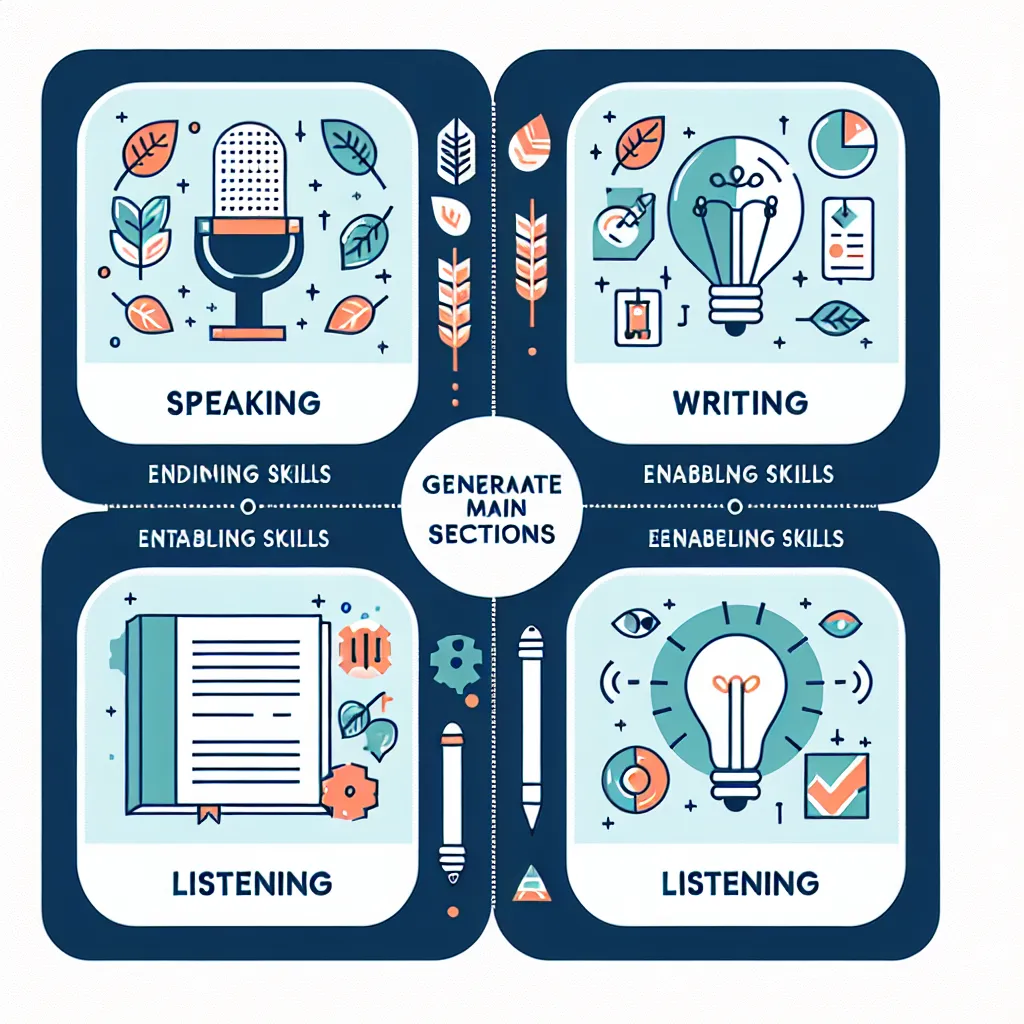Are you preparing for the Pearson Test of English (PTE) and wondering how to create an effective study plan? Look no further! This comprehensive guide will walk you through the best PTE study plan to help you achieve your desired score. Whether you’re a beginner or looking to improve your existing skills, this article will provide you with valuable insights and strategies to optimize your PTE preparation.
Understanding the Importance of a PTE Study Plan
Before diving into the details of creating the best PTE study plan, it’s crucial to understand why having a structured approach is essential for your success.
Why a Study Plan Matters
A well-designed PTE study plan offers several benefits:
- Organized approach: It helps you systematically cover all aspects of the test.
- Time management: Ensures you allocate sufficient time to each section of the exam.
- Progress tracking: Allows you to monitor your improvement and identify areas that need more focus.
- Reduced stress: Provides a clear roadmap, reducing anxiety and uncertainty.
- Improved retention: Consistent, structured practice enhances long-term memory retention.
 PTE Study Plan Benefits
PTE Study Plan Benefits
Creating the Best PTE Study Plan
Now that we understand the importance of a study plan, let’s explore how to create the most effective one for your PTE preparation.
1. Assess Your Current Level
Before crafting your study plan, it’s essential to evaluate your current English proficiency and familiarity with the PTE format.
- Take a diagnostic test: Start with a full-length PTE practice test to identify your strengths and weaknesses.
- Analyze your results: Pay close attention to your scores in each section and question type.
- Set realistic goals: Based on your current level and target score, set achievable milestones.
2. Familiarize Yourself with the PTE Exam Format
Understanding the structure and requirements of the PTE exam is crucial for effective preparation.
- Study the test format: Learn about the four main sections (Speaking & Writing, Reading, Listening) and their respective question types.
- Review the scoring system: Understand how each section is scored and weighted in the overall result.
- Practice with official materials: Use PTE Academic test builder and official practice resources to get accustomed to the exam interface.
3. Create a Balanced Study Schedule
Develop a study schedule that covers all aspects of the PTE exam while focusing on your areas of improvement.
- Allocate time for each section: Divide your study time among Speaking, Writing, Reading, and Listening skills.
- Focus on weak areas: Dedicate more time to sections where you scored lower in your diagnostic test.
- Include variety: Mix different question types and skills to keep your study sessions engaging and effective.
- Set realistic daily goals: Aim for 2-3 hours of focused study per day, depending on your available time and target date.
4. Utilize High-Quality Study Materials
Selecting the right study materials is crucial for effective PTE preparation.
- Official PTE resources: Start with the Pearson PTE Academic Official Guide and practice tests.
- Reputable third-party materials: Supplement with books and online resources from trusted providers.
- Online practice platforms: Use PTE preparation websites and apps for additional practice and simulated test experiences.
Learn more about the best PTE books and resources
5. Develop a Strategy for Each Question Type
Each PTE question type requires a specific approach. Develop strategies for tackling different questions efficiently.
- Speaking tasks: Practice fluency, pronunciation, and content organization for tasks like Read Aloud and Describe Image.
- Writing tasks: Work on essay structure, vocabulary, and time management for Summarize Written Text and Essay Writing.
- Reading tasks: Improve skimming and scanning techniques for Multiple Choice and Re-order Paragraphs.
- Listening tasks: Enhance note-taking skills and practice active listening for Summarize Spoken Text and Fill in the Blanks.
6. Regular Practice and Mock Tests
Consistent practice is key to improving your PTE skills and familiarity with the exam format.
- Daily practice: Dedicate time each day to work on specific skills or question types.
- Weekly mock tests: Take a full-length practice test every week to assess your progress and build test-taking stamina.
- Timed practice: Always practice under timed conditions to improve your speed and accuracy.
 PTE Practice Schedule
PTE Practice Schedule
7. Review and Adjust Your Plan
Regularly assess your progress and be prepared to adjust your study plan as needed.
- Track your scores: Keep a log of your practice test scores and individual question type performance.
- Identify trends: Look for patterns in your improvement or areas that consistently challenge you.
- Adjust focus: Modify your study plan to address persistent weak areas or to challenge yourself in areas of strength.
8. Focus on English Language Skills
Remember that the PTE is an English proficiency test. Improving your overall language skills is crucial.
- Expand your vocabulary: Learn new words and phrases daily, focusing on academic and formal language.
- Improve grammar: Review and practice advanced grammar structures regularly.
- Enhance listening skills: Listen to English podcasts, news broadcasts, and academic lectures.
- Practice speaking: Engage in English conversations, join language exchange groups, or practice with a study partner.
Discover effective techniques to improve your English for PTE
Important Tips for PTE Success
As you follow your study plan, keep these essential tips in mind:
- Stay consistent: Regular, daily practice is more effective than cramming.
- Manage stress: Incorporate relaxation techniques and maintain a healthy lifestyle during your preparation.
- Use authentic materials: Expose yourself to a variety of English accents and academic topics.
- Learn from mistakes: Analyze your errors in practice tests and focus on improving those areas.
- Simulate test conditions: Practice in a quiet environment and adhere to time limits to build test-taking skills.
Next Steps in Your PTE Journey
Now that you have a comprehensive understanding of the best PTE study plan, it’s time to put it into action. Start by creating your personalized study schedule based on the guidelines provided. Remember to be flexible and adjust your plan as you progress.
To further enhance your preparation:
- Join PTE study groups or forums to connect with other test-takers and share experiences.
- Consider enrolling in a PTE preparation course for additional guidance and structured learning.
- Set up regular check-ins with yourself to evaluate your progress and celebrate your achievements.
By following this best PTE study plan and staying committed to your goals, you’ll be well-prepared to achieve your desired score on the PTE Academic exam. Good luck with your preparation, and don’t hesitate to seek additional resources and support as you need them!




